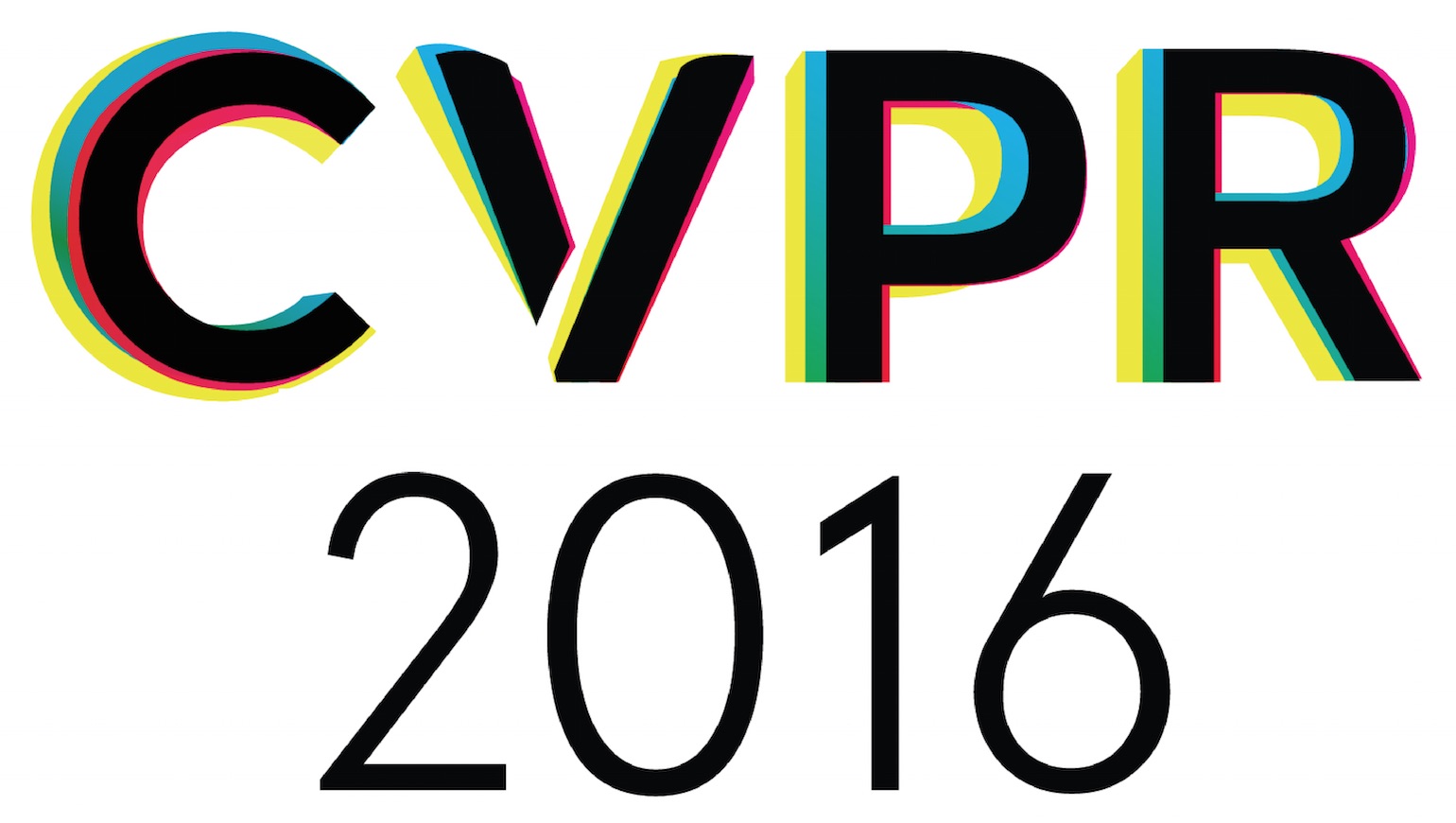-
Piecewise-Planar 3D Approximation From Wide-Baseline Stereo
AbstractThis paper approximates the 3D geometry of a scene by a small number of 3D planes. The method is especially suited to man-made scenes, and only requires two calibrated wide-baseline views as inputs. It relies on the computation of a dense but noisy 3D point cloud, as for example obtained by matching DAISY descriptors between the views. It then segments one of the two reference images, and adopts a multi-model fitting process to assign a 3D plane to each region, when the region is not detected as occluded. A pool of 3D plane hypotheses is first derived from the 3D point cloud, to include planes that reasonably approximate the part of the 3D point cloud observed from each reference view between randomly selected triplets of 3D points. The hypothesis-to-region assignment problem is then formulated as an energy-minimization problem, which simultaneously optimizes an original data-fidelity term, the assignment smoothness over neighboring regions, and the number of assigned planar proxies. The synthesis of intermediate viewpoints demonstrates the effectiveness of our 3D reconstruction, and thereby the relevance of our proposed data-fidelity metric.
Related Material
[pdf] [supp][bibtex]@InProceedings{Verleysen_2016_CVPR,
author = {Verleysen, Cedric and De Vleeschouwer, Christophe},
title = {Piecewise-Planar 3D Approximation From Wide-Baseline Stereo},
booktitle = {Proceedings of the IEEE Conference on Computer Vision and Pattern Recognition (CVPR)},
month = {June},
year = {2016}
}
These CVPR 2016 papers are the Open Access versions, provided by the Computer Vision Foundation.
Except for the watermark, they are identical to the accepted versions; the final published version of the proceedings is available on IEEE Xplore.
Except for the watermark, they are identical to the accepted versions; the final published version of the proceedings is available on IEEE Xplore.
This material is presented to ensure timely dissemination of scholarly and technical work.
Copyright and all rights therein are retained by authors or by other copyright holders.
All persons copying this information are expected to adhere to the terms and constraints invoked by each author's copyright.

